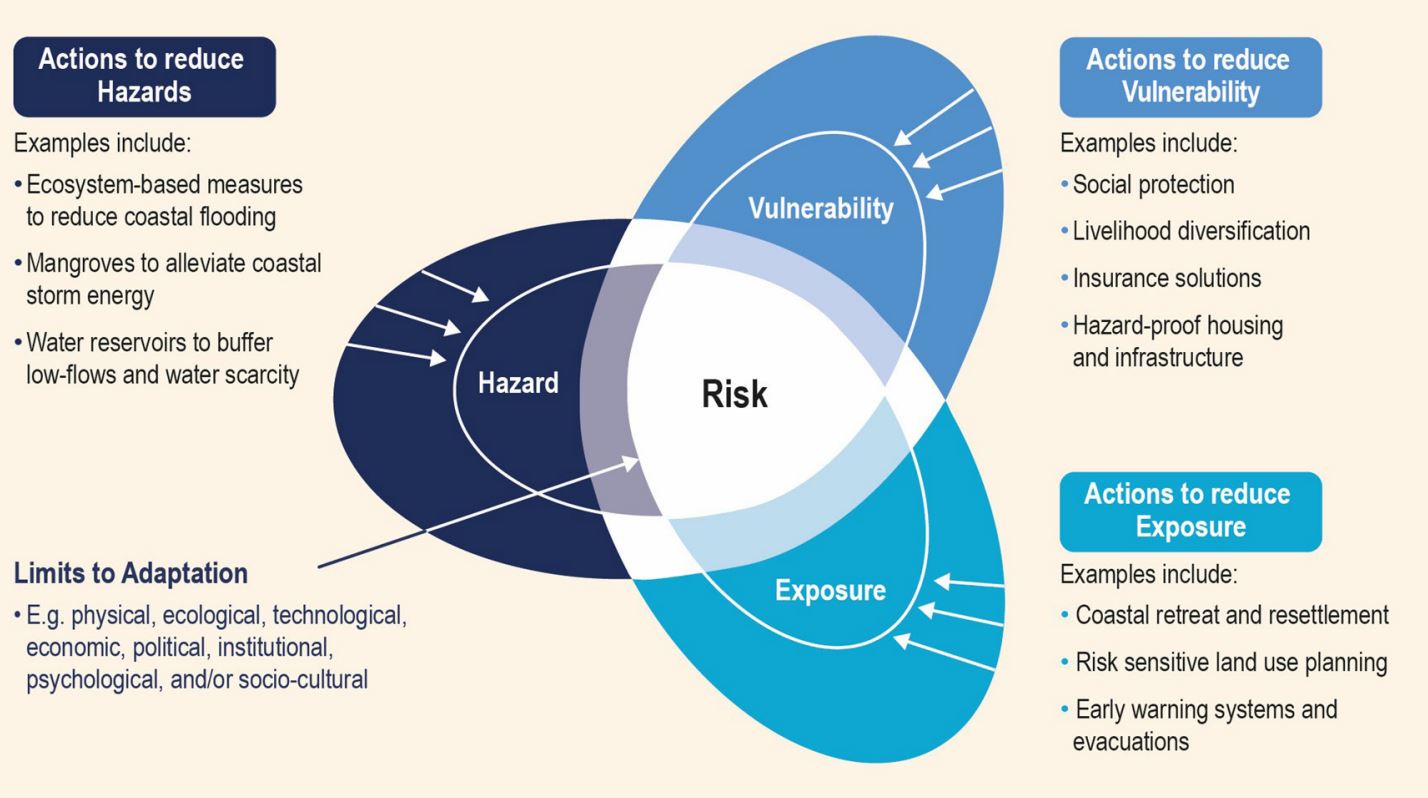Food and Agricultural Organiztion of the United Nations| Source | Data | Guide |
The Climate Risk Toolbox (CRTB) is a freely accessible resource hosted on the Hand-in-Hand geospatial platform, developed to integrate climate resilience into agricultural investments, policy plans, and decision-making worldwide. The tool enables users such as policymakers, climate funds, and international development organizations to conduct climate risk screenings, visualizing hotspots and assessing hazard probability, exposure, and vulnerability in targeted agricultural systems and communities.
Recognizing the increasing threat of climate variability and change to agriculture, the CRTB supports evidence-based decision-making by providing tailored recommendations during risk screenings. It addresses the urgent need for climate investments in agriculture, emphasizing the vulnerability of underrepresented social groups and fragile ecosystems. The tool aligns with the 26th United Nations Climate Change Conference's (COP26) call for transformative development in agriculture.
The CRTB is in line with the Food and Agriculture Organization's (FAO) Strategy on Climate Change, contributing to the 2022–2031 agenda that emphasizes tailored climate action, inclusive digitalization, and knowledge-sharing. This strategy aims to assist countries in designing and implementing climate-resilient national commitments for agriculture. The CRTB, developed using the latest climatic, geographical, and socioeconomic data, ensures transparency and accessibility of information for users and project formulators, supporting informed decision-making at the global level. It aligns with FAO's Framework for Environmental and Social Management, integrating climate hazards and impacts into every stage of the project cycle.
Fig. | Climate risk conceptual framework




